You should never judge an anime based on its animation style and characters, and ‘Beastars‘ is the perfect example of that. For the uninitiated, it is simply about a world in which anthropomorphic animals exist. With its highschool setup and humanlike characters, ‘Beastars’ might come off as a slice-of-life anime. And though it does have a fair bit of feel-good moments, it is far darker than you initially expect it to be.
Throughout its runtime, it deals with several themes that hold relevance in the modern world including racism, bullying, trafficking, and much more. And thankfully, it does so without forcefully instilling any kind of metaphors or comparisons with real events of any kind. With a tinge of high school hijinks, realistic romance, and a whole lot of drama, the show leads to a bittersweet yet satisfying ending. We’ll be discussing more about its conclusion further down in this article, but before that, let us walk you through its core themes in context with its intriguing characters.
Racism
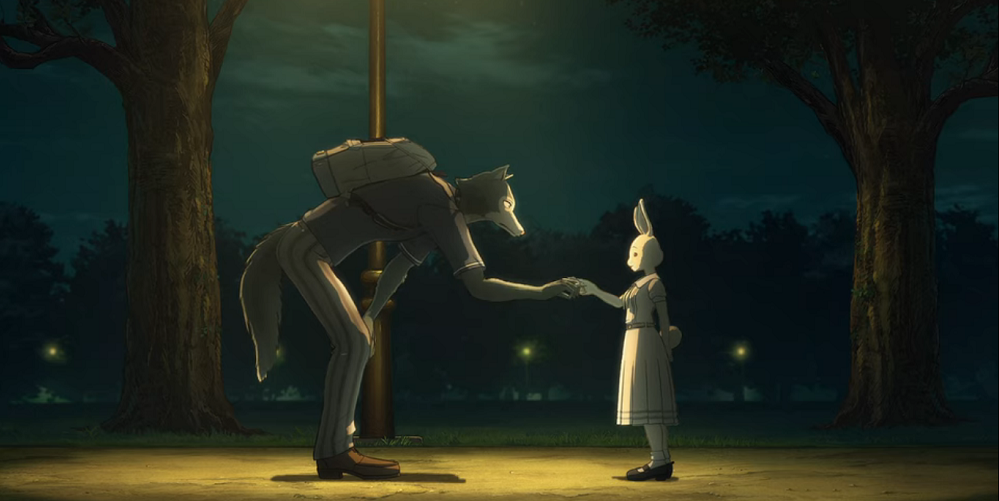
The world of ‘Beastars’ is culturally split between carnivores and herbivores. The two types of species are legally abided to co-exist and live in peace without harming the other. This law, of course, protects the herbivores and forces the carnivores to suppress their natural instincts. Even the main character of the series, Legoshi is a carnivore by origin. Being the towering, grey, and vicious-looking wolf that he is, most students of his school often judge him and some even fear him.
However, he turns out to be the complete opposite of that. He is a calm, gentle and harmless wolf who tries his best to completely suppress his natural instincts. The ones who know Legoshi often laugh at him for being the opposite of what he looks like and the ones who don’t simply assume that he’s a brutal carnivore who wants to devour them. Regardless of how kind he tries to be, he is often stereotyped and at times, even labeled as a murderer.
Another character who goes through a similar cognitive dissonance is Louis. For most students of the school, he is a popular and confident herbivore who fears no one. People even label him as the “Beaster,” an individual who unites all the species and never differentiates one from the others. But his past suggests that he, too, wishes to be strong and huge like carnivores and his celebrity status in school is simply a reflection of how much he craves being strong and huge.
Self-Identity
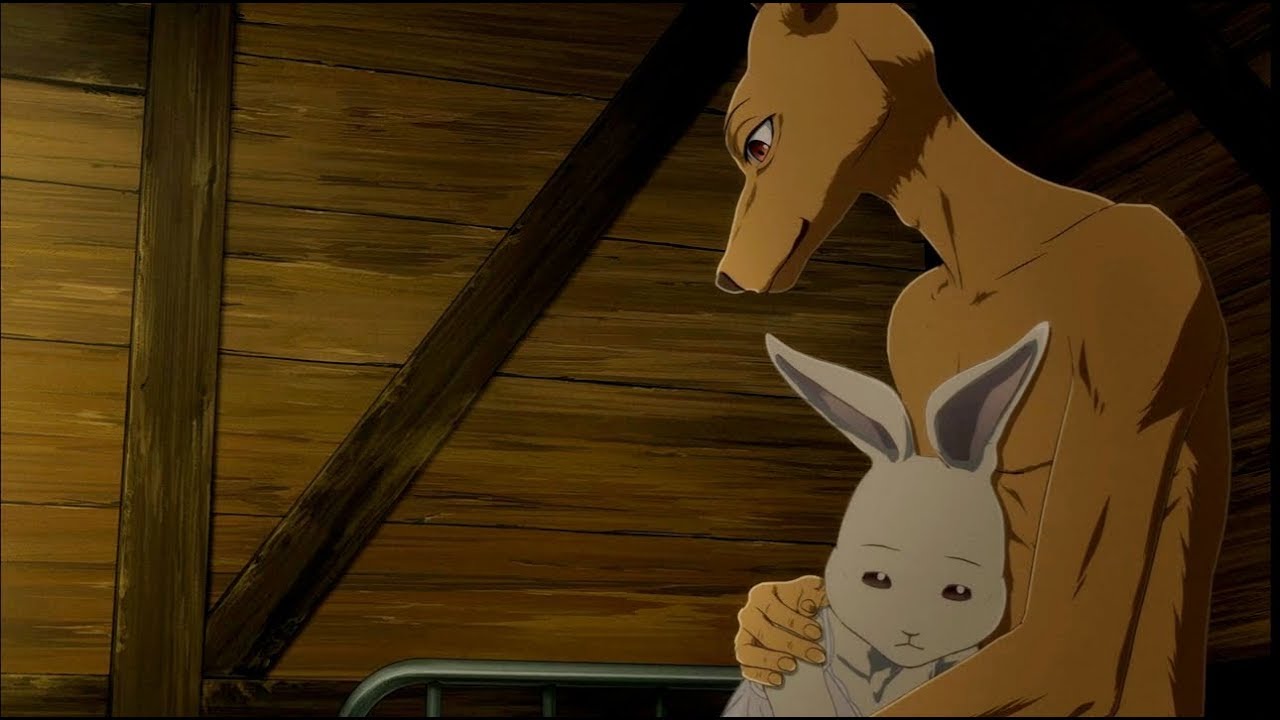
Haru, the female protagonist, is a white dwarf rabbit. She is often looked down upon, bullied and even slut-shamed, but no one realizes what she goes through. After being pictured as a small and weak individual all her life, Haru simply starts having sex with every guy she meets to get some sort of validation. Her side of the story reflects on how feelings of gratification can often be mistaken for self-acceptance.
Her promiscuity becomes the talk of the town but she reaches a point where she even stops caring. Seeking validation from others only forces her to move away from the ones who actually accept her the way she is. But eventually, after spending enough time with Legoshi, she begins to realize that there are better people out there who won’t judge her for her appearance and will accept her the way she is.
An Unlikely Relationship
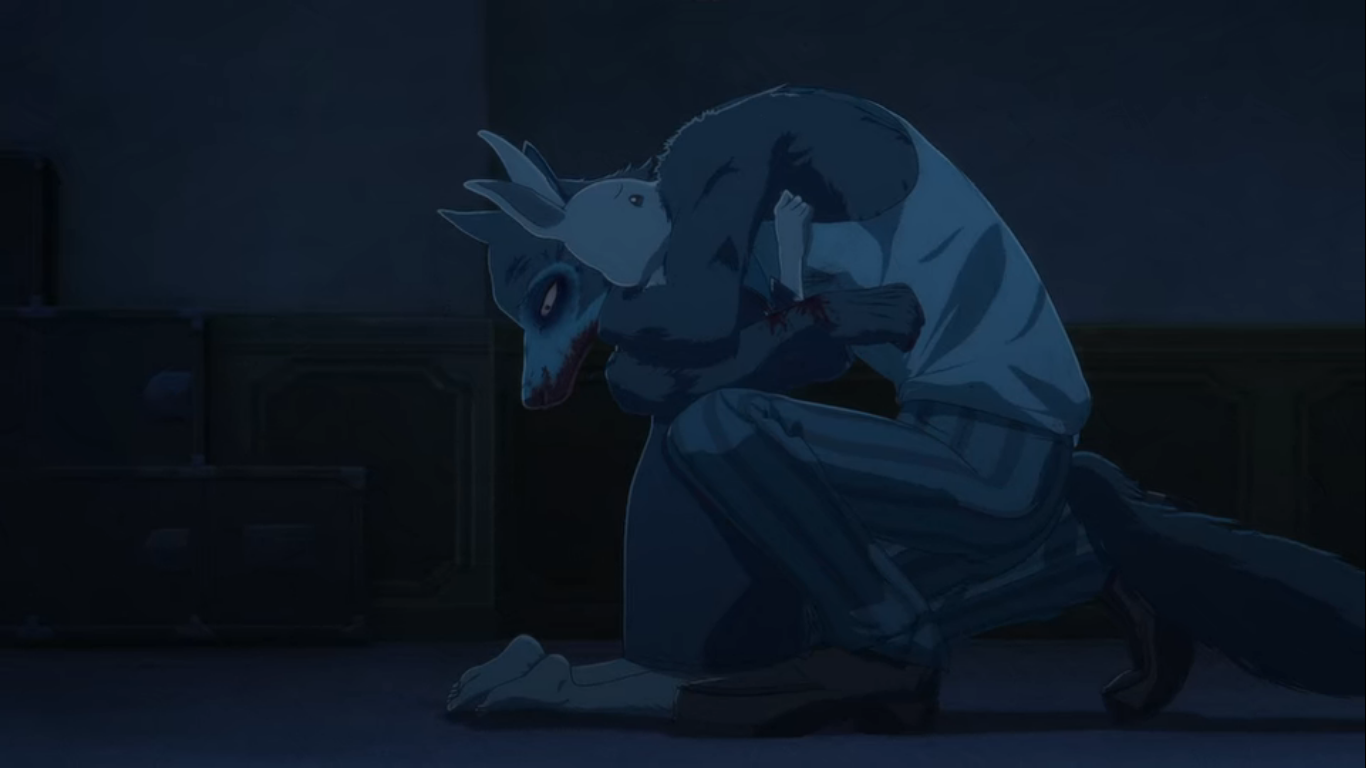
Carnivores and herbivores vow to live in peace and in order to fulfill their own cravings of feasting on flesh, many carnivores even head down to a black market where they can consume mear without really killing someone. However, even after all this, there are still some boundaries between the two species. In the opening scene itself, the anime establishes that despite these rules, there are carnivores out there who are not able to control their natural urges.
‘Beastars’ weaves a more interpersonal story which almost makes you believe that such a society is a possibility. And what makes its depiction a lot more realistic is how it sheds light on the potential problems that the two classes deal with. When Legoshi meets Haru for the first time, he can’t help but give in to his carnivore instincts, but with time, he begins to feel something very different. Many other characters try to convince him that what he’s feeling is not love, but is simply his animalistic desire to eat her. But he eventually does realize that there’s a lot more to it than just that. Similarly, even Haru is initially drawn to the idea of being eaten by him as it is her natural instinct to be devoured by a carnivore.
The Ending: “We don’t get to choose how we’re born”
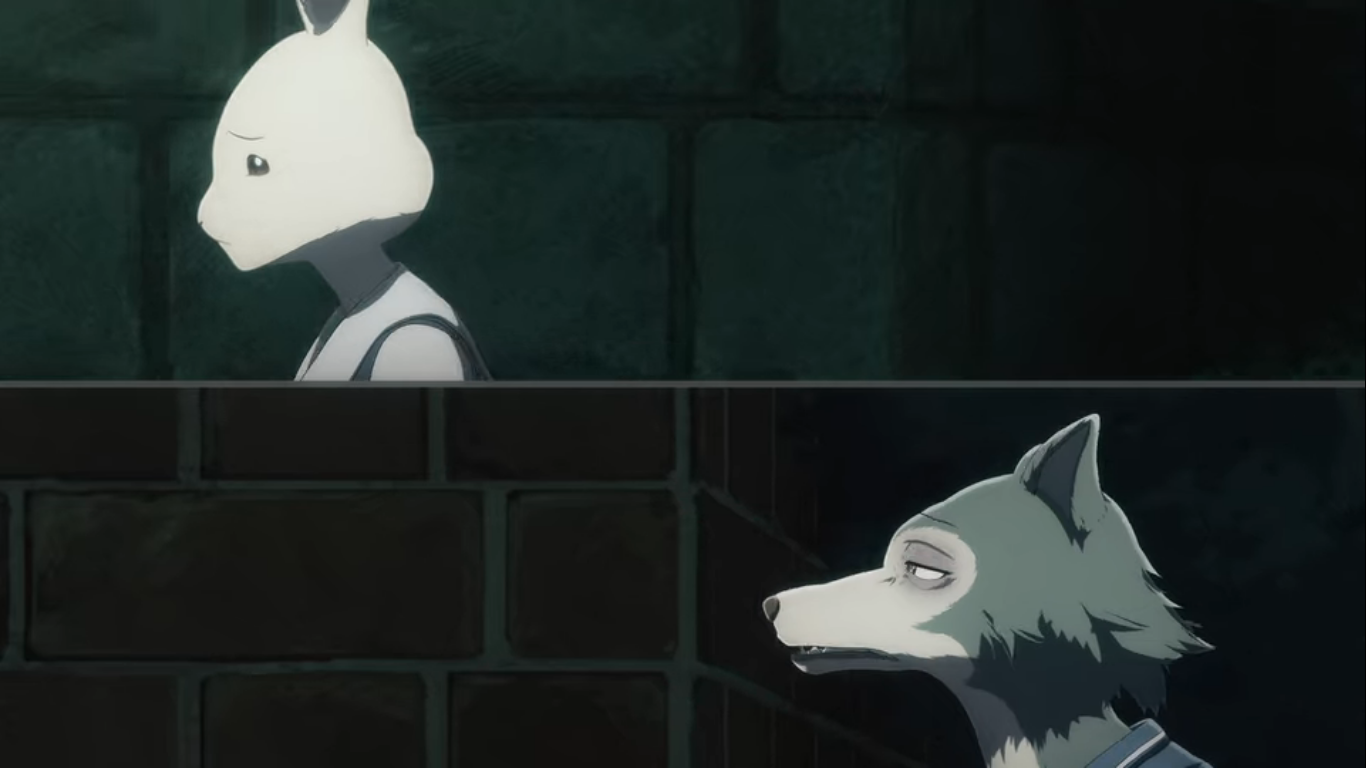
Realizing how different they are, Haru and Legoshi try their best to keep their distance. But somehow, they keep finding their way back to one another. In the last episode, despite all the awkwardness and differences between them, Haru finally begins to understand how she truly feels for Legoshi and in the meantime, Legoshi seems to be sure that he only wants to be with her. The final moments of the episode depict a Haru’s insecurities and how she begins to feel extremely small compared to carnivores.
All this while, she didn’t care about being bullied and kept her insecurities in check by never really getting close to anyone. But after realizing that she’s really into Legoshi, she feels jealous and tiny compared to Juno, who is another grey wolf trying to get Legoshi’s attention. Legoshi later goes looking for her and tries to tell her how he truly feels, but she still worries what the world will think of them and how they’ll deal with their own natural instincts.
More determined than ever, Legoshi affirms that he won’t let anything get in their way and he’ll make sure that his instincts are under his control. The closing message of the anime is simple—”We don’t get to choose how we’re born and we certainly don’t get to choose who we love. But what we do get to choose is how we want to live.”
Read More: Best Romance Anime

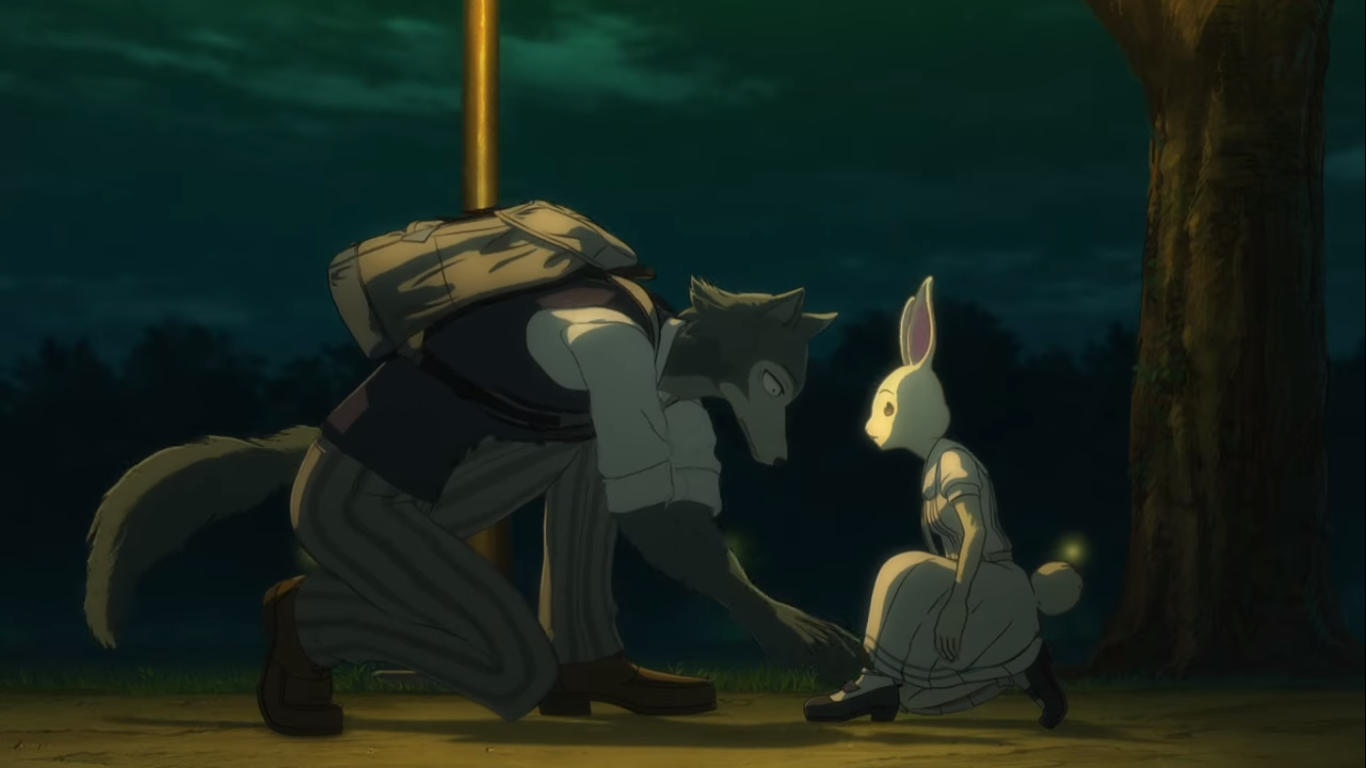
You must be logged in to post a comment.